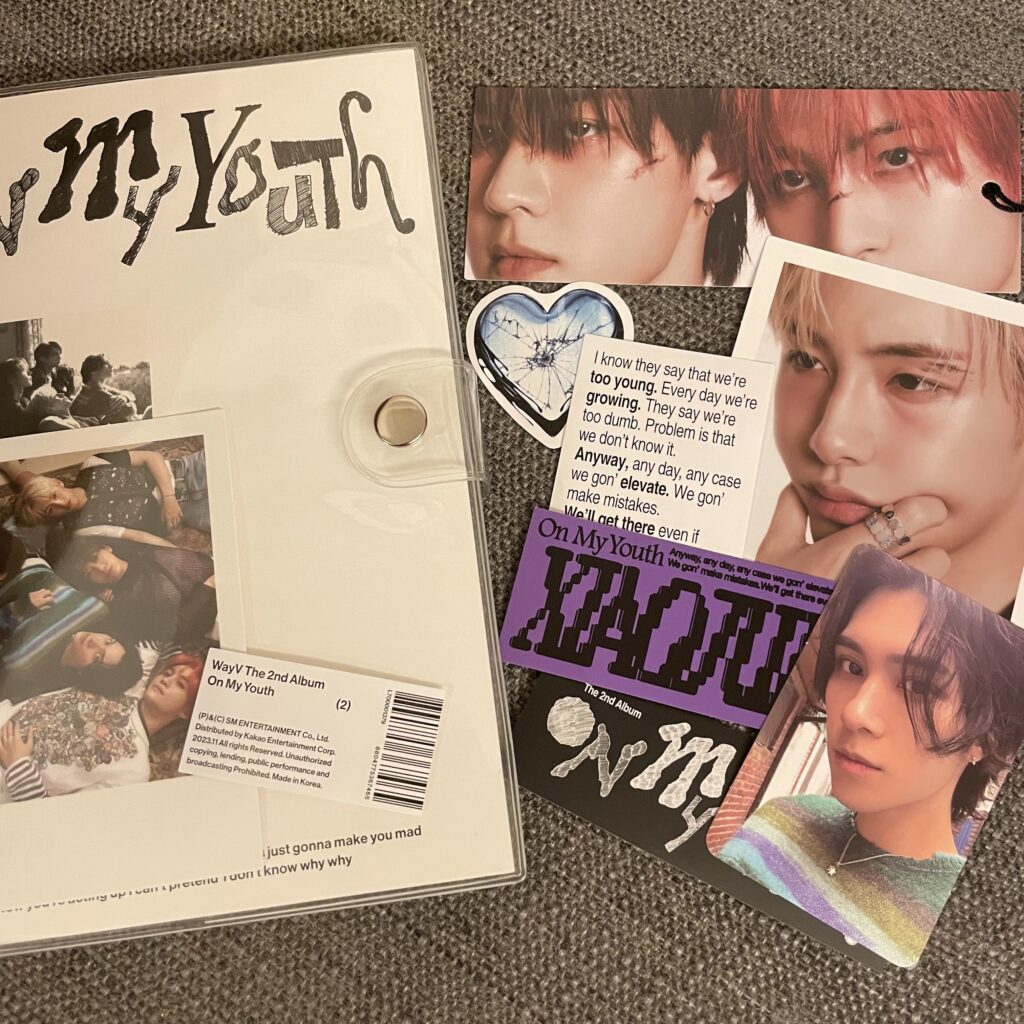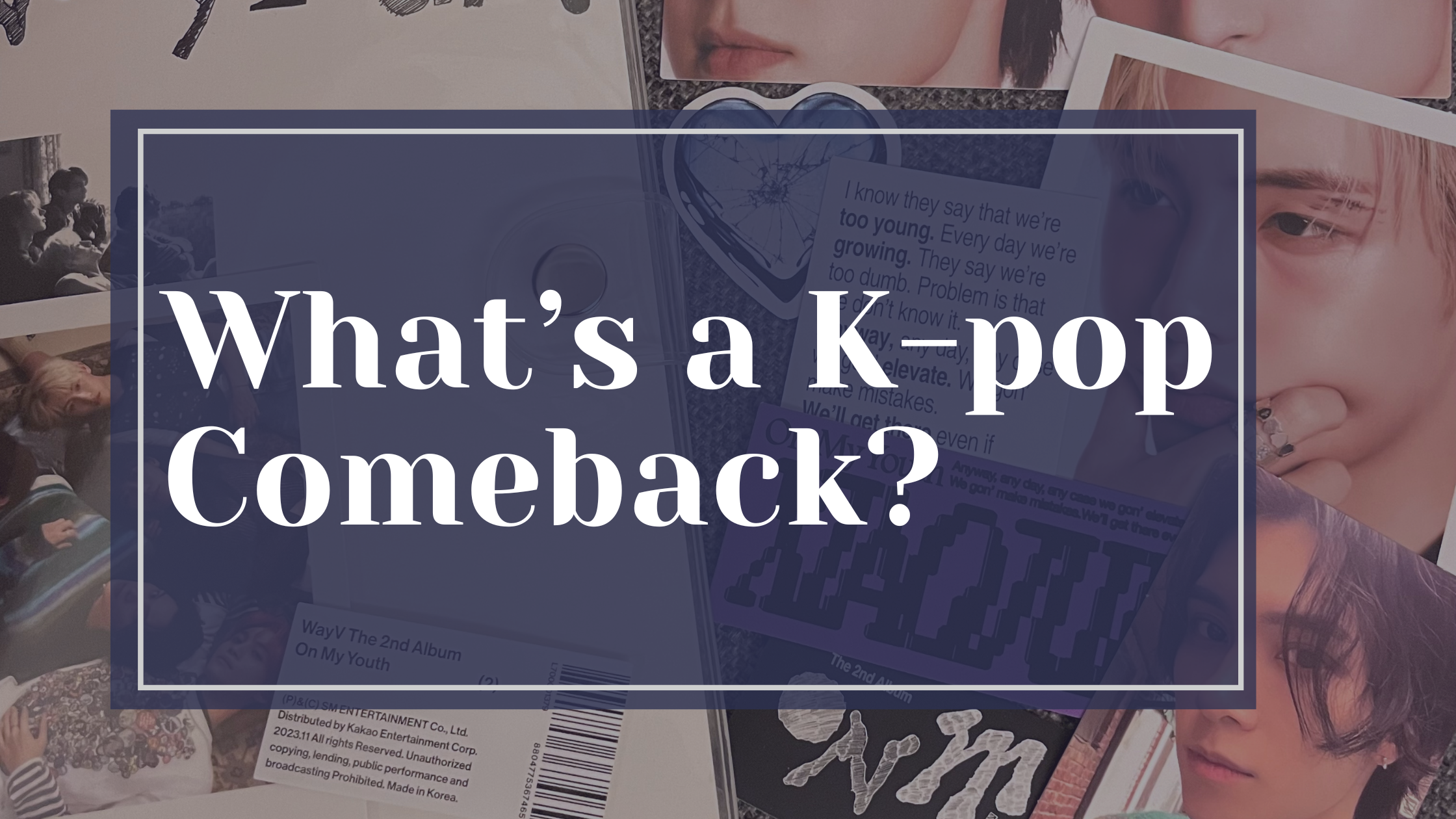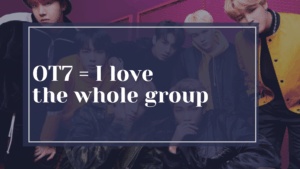New to K-pop? Wondering what a “comeback” really means?
In K-pop, even a short break between releases is called a comeback — and each one is a full-on celebration. Here’s what makes comebacks so special and what to expect.
Let’s dive in!
💌 Want more K-POP deep dives like this?
Subscribe to Hello Bias Letters, our free Substack newsletter!
Each week, we unpack K-POP culture with care—from fan behavior to behind-the-scenes stories.
→ Join us here
What Is a “Comeback” in K-pop?
In K-pop, a “comeback” (컴백) refers to when an idol or group releases a new album or single and begins a round of promotions. Unlike in Western music, where a comeback typically refers to a return after a long hiatus or retirement, in K-pop, even a few months between releases qualifies as a comeback.
Comebacks don’t necessarily imply a break — they’re about returning to the public eye with new content. During this period, idols are extremely active, appearing on music shows, radio, livestreams, and fan events, often without much rest. Fans, too, dive into the whirlwind — keeping up with news, streaming, voting, and buying albums. Some even travel to Korea to support their favorite idols in person.
Why Does K-pop Use the Comeback System?
Each K-pop comeback is treated like a grand event. With each new release, idols present a new concept and styling, gradually teased through images and videos. Fans eagerly follow every stage of this rollout and participate actively by voting, streaming, and purchasing albums.
By making every release an event, idols maintain strong fan engagement and constant visibility in the media. The comeback system fuels both excitement and loyalty.
What Happens During a Comeback?
A comeback period typically spans several weeks after a new release and includes:
- Teasers: Photos and short clips are released to build hype.
- Music Video Release: The MV drops on platforms like YouTube.
- Music Show Appearances: Performances on shows like M Countdown, Music Bank, and Inkigayo.
- Fan Events: Signings, livestreams, and other interactions.
- Album Sales Push: Chart positions and sales become a major focus.
- Active Social Media: Frequent updates to engage fans.
This is a season of intense activity not just for idols, but also for fans who stream music, vote online, and promote their favorite groups.
The Fan Side of a Comeback
Comebacks are exhausting for fans, too — here’s what they experience:
Teasers, Visuals, and MV Release
This is an example of teaser.
About one or two weeks before a comeback, teaser photos are posted on official social accounts. Short video teasers follow, raising anticipation. Once the MV drops, fans stream it repeatedly — some even use multiple accounts to boost views. Many groups also hold livestreams on YouTube, TikTok, or Instagram.
Buying Albums and Collecting Photocards
After the MV release, fans rush to buy the album — not necessarily for the music, but for exclusive photos and photocards. Some fans purchase from Korean stores to support chart numbers and collect limited edition items, often buying multiple copies.

This album comes with random photo cards and other limited items. Since you never know which member you’ll get, many fans buy several copies to try and collect their bias.
Streaming, Voting, and Music Show Rankings
During comeback season, fans aim to secure 1st place on music shows. Rankings are based on streaming, YouTube views, voting, and SNS engagement. While Korean fans stream on local platforms like Melon, international fans often focus on YouTube and voting via apps.
Winning first place on a music show like this is a big deal for idols.
Watching Music and Radio Shows
Idols appear almost daily on music shows during comebacks. Performances are uploaded on YouTube, allowing global fans to watch. Radio appearances are common too, though understanding Korean helps. (I’m working on language-learning materials for this!)
Attending Shows and Sign Events (If You Can!)
If you’re lucky and have the budget, you can visit Korea to attend live shows or fan signings. Note: these often require basic Korean and can be expensive — sometimes costing thousands of dollars. It’s perfectly okay to support in ways that work for you.
Trends in Recent Comebacks
Modern K-pop comebacks are more elaborate than ever — with strategic teaser rollouts, TikTok challenges, multilingual content, collectible album versions, and strong storytelling. These elements build anticipation and deepen the fan-idol bond globally.
Final Thoughts: Comebacks Are a K-pop Festival
K-pop comebacks can be overwhelming at first. There’s a lot to keep up with. But what matters most is to enjoy it. Comebacks are like festivals — a time to celebrate, support, and share joy in the music you love.
📝 Want to learn more K-pop fan terms? Check out our glossary [here].
💬 If you found this post helpful, consider supporting me with a coffee!
Your support keeps Hello Bias going ☕💛
👉 Buy Me a Coffee








